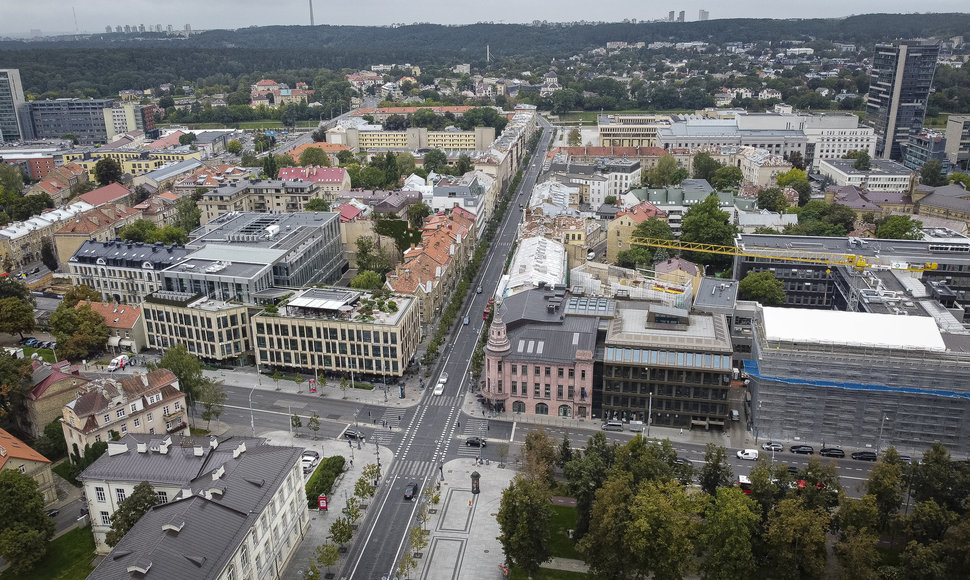Twice as much work for salespeople
According to Jurgita Kveselaitė, during the first two weeks of November, the sales specialists of the company she manages had twice as many meetings with customers as during the same period in October.
“During the first two weeks of October, we had 35 housing inspections with clients. In the same number of days in November we had had 73 inspections. The sales results also keep the curve in a rising position – we have sold two apartments more than at the same time in October”, she explains.
The expert also notes that when working from home, people are more mobile and have more time for additional activities, so they can devote some of their spare time to choosing the appropriate time to inspect houses that are of interest to them.
“Many market participants expected that the peak of the year had already been reached, but the numbers continue to grow. In the first two weeks of November, we received over 300 inquiries about houses of interest. In the first few weeks of March this year, we received only 20 such inquiries. During the quarantine, those interested in our projects can consult us by video or phone call, or we can meet and they can see the project under development live”, explains Kveselaitė.
People are buying residential housing for themselves
According to the expert, approximately 4 out of 10 of those currently actively looking for housing are young families. Others are unmarried, single, and often without children. For the majority, it is their first home, while others are seeking to improve their living conditions, or change the housing they have now for something more comfortable.
“Theoretically, those buying their first homes should be the most sensitive, because the decision is very significant, and they have little experience. However, the buyers belonging to this group are young, curious, and often rational. Their decision is determined by facts, and not by emotions. During the first quarantine, they, like all other market participants, stopped, but now, after seeing that the economy hasn’t completely collapsed during the second quarantine, they show no hesitation”, notes J. Kveselaitė.
According to data from the Centre of Registers, in the third quarter of this year, 819,696 people in Lithuania had one apartment each.
People are investing in real estate
Another large and active group of buyers is investors. These are individuals who are not buying their first home, and see the investment in real estate as the best way to safely use their available savings. According to data from the Centre of Registers, in the third quarter of this year 136,355 people had two flats each, 24,102 had three flats each, 4,138 had four flats each and 1,273 had five or more flats each.
“These people currently account for about 30 per cent of our company’s complete sales. Most of them are looking for a new 40–50 square metre housing, which would be liquid, have a lasting value and be located in a promising district of the city and would be attractive in the rental market”, notes Jurgita Kveselaitė.
According to HOMA, the most popular areas in the capital for the building of new housing are currently Šnipiškės, Pilaitė, Naujamiestis, Žirmūnai and Užupis, and the real-estate expert notes that different types of buyers buy different housing. In the Old Town and Markučiai, for example, the most popular are larger, 50-70 square metre apartments, and the target buyers of such housing are families who need a more spacious apartment who do not want to move outside the city.
“In ‘economy class’ neighbourhoods — Bajorai, Lazdynėliai, Pašilaičiai, the most popular apartments are much smaller35-45 square metre apartments, because major buyers are more financially sensitive. Interestingly, small apartments are also very popular in Naujamiestis. In this sense, this neighbourhood differs from other neighbourhoods in the central part of the city. We notice that the groups of single people and young couples without children and investors are much more active here,” says Jurgita Kveselaitė.












